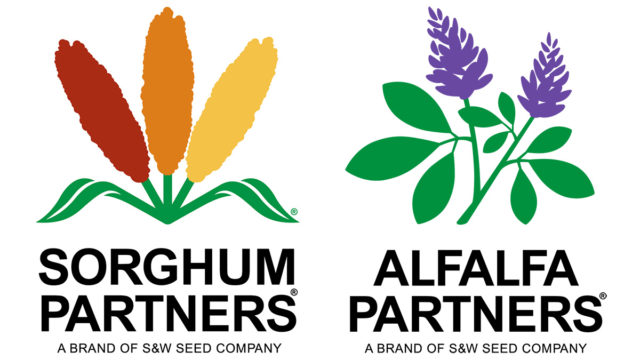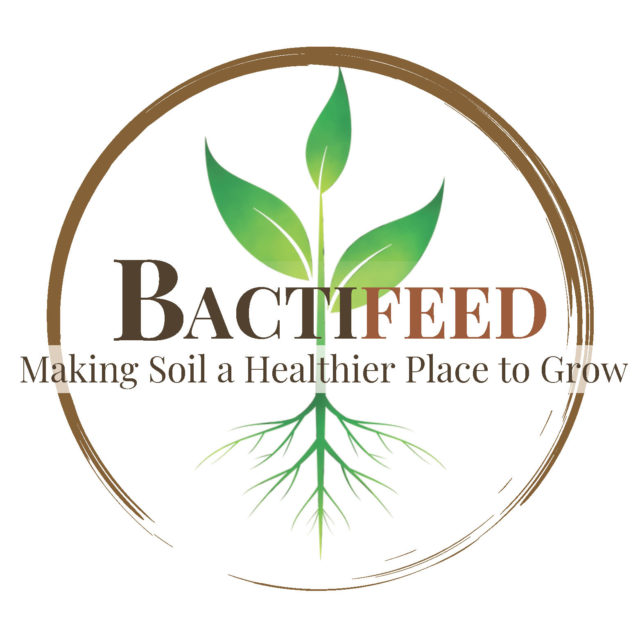“It depends on your definition of living well and living good, but you could subsist,” says Todd Clark of Todd Clark Farms in Lexington, Kentucky.
In the late ’80s and ’90s, if you weren’t into racehorses in Kentucky, then burley tobacco was the mainstay of agriculture. Hay and beef cattle were secondary focuses, but tobacco generated the most income, both gross and net, and every farm had a tobacco quota. The Farm Service Agency oversaw the allocations and dispersed cards to track the farm quotas (allocated by the pound). While some crop jockeying could happen between farms, there was a limitation as to how much quota could move from one farm to the next. At the end of the season, the producer could sell only the quota amount with price support. If the producer had overage, it had to be held until the next season or quota could be “leased” to increase sales for the given year.
At that time, the Barton brothers had several thousand pounds of quota and were looking for a tenant on a crop-share basis. That’s where Clark came into the picture. Barton brothers brought Clark in to visit about a possible crop-share proposal, although they’d never met before. “We talked UK basketball, family and church for a couple hours,” Clark says, “and then at the end for 20 minutes we talked farming, and they said, ‘Well, someone gave us a chance once upon a time, so we’re going to do the same thing for you.’” This began a lifelong friendship and a multiyear business partnership.
 Todd and Aaron Clark plan their week (and always the next enterprise) at the farm in Lexington, Kentucky.
Todd and Aaron Clark plan their week (and always the next enterprise) at the farm in Lexington, Kentucky.Then, roughly 23 years ago, Clark and his wife, Kristin, bought a 100-acre farm, raising tobacco, hay and cattle. Today, they’re farming 2,000 acres – both owned and leased. But things changed dramatically in 2001 as they went to grass-finished beef. “I went to a grazing school at the University of Kentucky,” Clark says. “I’d read about rotational grazing and went to a few classes at the university, and was beginning to make changes in that direction, but I’m a very visual person, so once I went to New Zealand and saw how it was working, all the lightbulbs came on. I came back and started modifying quicker what it was I was doing.”
The break from tobacco
The tobacco quota system was eliminated with a buyout when the Master Settlement Agreement was reached in 1998 with tobacco companies. Producers could plant any amount of acres they wanted and wherever they wanted, but it was all sold on the free market and thus was much riskier to grow. At his peak, Clark had 125 acres, then dropped to 70 acres and, in 2019, had reduced to 5 acres.
 The farm greenhouses were built to raise tobacco seedlings, but are converting to raise hemp seedlings as the Kentucky agricultural landscape changes.
The farm greenhouses were built to raise tobacco seedlings, but are converting to raise hemp seedlings as the Kentucky agricultural landscape changes.So what has filled the tobacco gap? Well, for Clark, lots of things – grass-fed beef, broilers raised on pasture, layers, hay for horse bedding and some feed, house rentals marketed on VRBO, pasture-raised turkeys, Katahdin sheep and, in 2019, hemp. “Philosophically, I would rather have 20 enterprises making $5,000 each than to have one enterprise that makes $100,000,” says Clark. “Nothing consistently is profitable from year to year, so I’d rather have my eggs in lots of baskets. For my personality, that works.”
Grass-fed beef
Clark spends most of his time in hay and beef cattle production, feeling that beef has the greatest potential to expand. He finishes his calves on grass but also custom grazes for others. Collectively, he will finish 500 to 600 head on grass per year. “There’s a difference in grass-finished beef taste,” Clark says, “but we haven’t figured it all out yet. Common complaints from customers we’ll hear are: ‘There’s no marbling,’ ‘It’s tough,’ or ‘It has a strong taste or an off taste.’ Another problem is lack of knowledge [by the consumer] of how to cook it. I want to figure out grass-finished beef and, in all sincerity, I think I can do this for 30 more years and still not have it figured out. We’re having success with it, but the competitive part of me is coming out – I think we can figure it out better.”
Pastured poultry
The same philosophical reasons consumers use to buy grass-fed beef are also driving the pastured poultry markets. Clark raises 20,000 Cornish-cross birds in a season. Day-old chicks are delivered in the mail from a hatchery in Pennsylvania and live in Clark’s brooders for two weeks while they develop feathers and get some size before going to pasture. At 2 weeks old, they’re put into “chicken tractors” that are moved around the pasture for the next four to five weeks.

An H2A worker loads chicks into the pastured “chicken tractors” which are pulled around the pasture daily.
Clark says, “I saw Joel Salatin’s videos on grass-finished poultry and thought, ‘Why can’t we do that?’” Being accustomed to running tobacco labor crews, he could easily adapt the skills for moving beef to a poultry model. “I’m first-generation farming, so I didn’t have a grandpa or dad behind me telling me it couldn’t be done,” Clark says. “It was wide open. I just thought, ‘We can do that.’”
Haying
Most of the hay from Clark’s farms is alfalfa-orchardgrass, but the majority of it is grazed. The Clarks make some baleage from wrapped alfalfa for their own cows. The Lexington hay market is mostly two-string, 50-pound bales for horses, with some market for round bales. However, the horse industry in Kentucky uses a lot of grass bedding. Clark realized an opportunity in that market: “Almost all of the horse farms in this area will be mown front to back in entirety as often as most people mow their lawns – because there’s a lot of wealth coming from other businesses, and they want a show place but don’t necessarily want to do the land upkeep themselves – so in the spring they can’t keep up with the growth, and they’ll call me and give me the hay if I’ll make it and take it away.”

Hay is stored in a hoop barn, but little hay is used, as the Clarks can graze cattle much of the year. Photos by Lynn Jaynes.
Clark says he moved away from renting ground to make hay or making hay on their own ground because they were able to stay busy on others’ properties for free, and by selling the grass hay to neighboring horse farms, they aren’t having to store it.
Enterprise diversity
Tobacco, grass-fed beef, pastured poultry and haying – the list doesn’t end there at Clark Farms. Realizing the end of tobacco was in sight, Clark is willing to try the next thing coming down the pike – hemp. Kentucky produced hemp as part of the pilot research and, in 2018, had 1,000 acres planted. Having their certification processes worked out, when the 2018 Farm Bill was enacted they were ready to go, and the 2019 crop season reported 45,000 acres. However, at $1 per seed, it’s not an investment to be taken lightly. Kentucky seems to be somewhat naturally equipped for hemp, as the equipment used for hemp production is similar to tobacco production. Seeds are started in greenhouses and transplanted to the field.
“But at the moment,” Clark says, “it’s like the Wild West here. I can talk to other farmers, and I won’t tell too much, and I can tell they’re not telling me everything – we’re all trying to figure out the tricks, but no one wants to share the tricks so they can be ahead.”
While defining whether the family at Clark Farms (wife, Kristin; and sons, Aaron, Nick and Rudy) is “living well or living good” is open to interpretation, the fact is: Life at Clark Farms will always be changing, and their eggs will never just sit in one basket.












